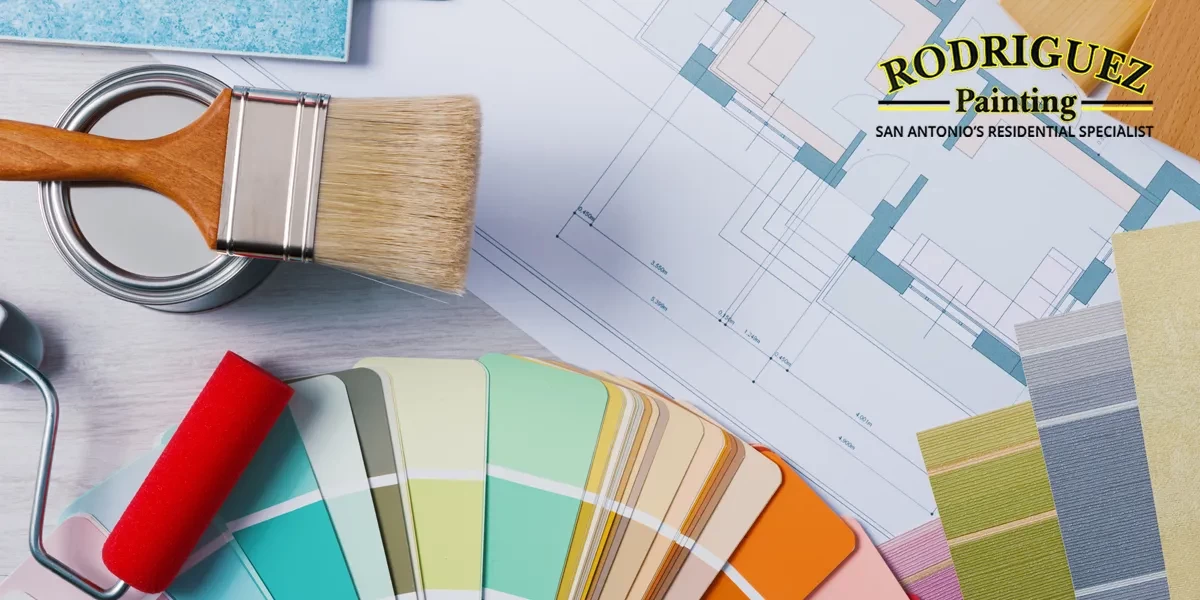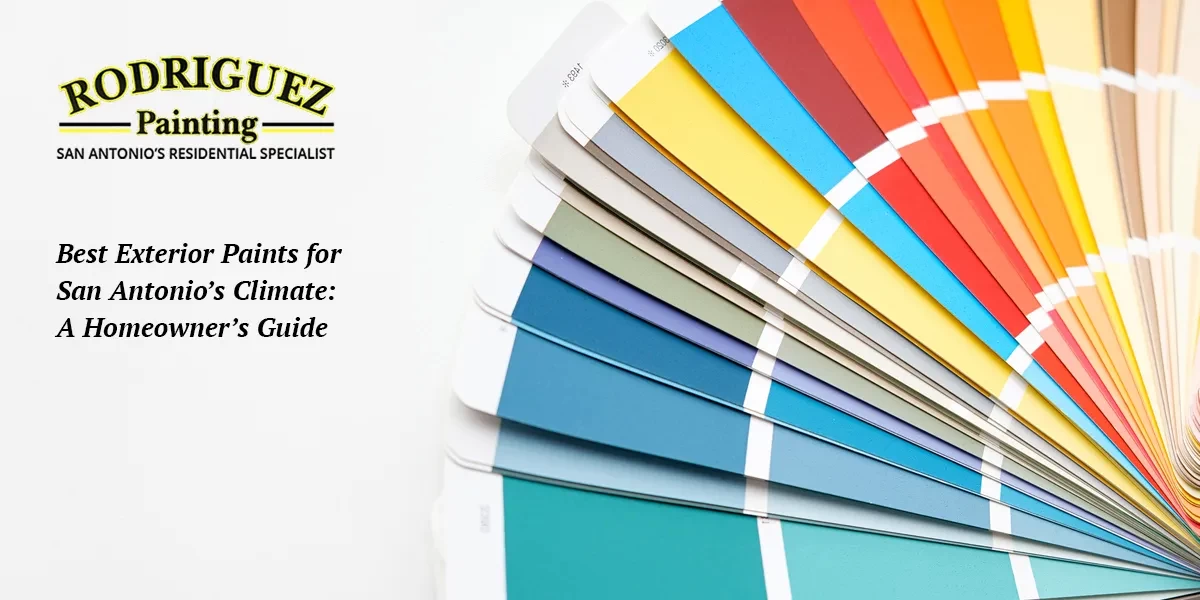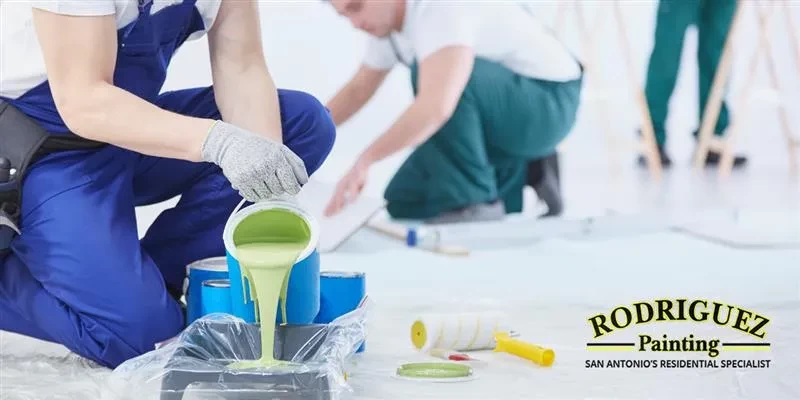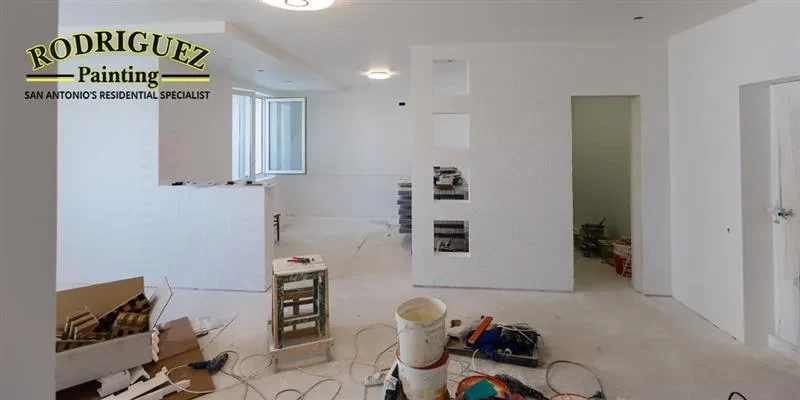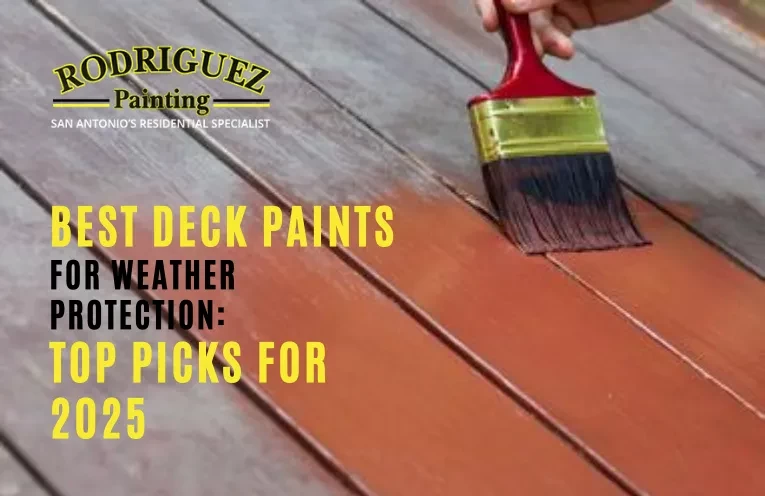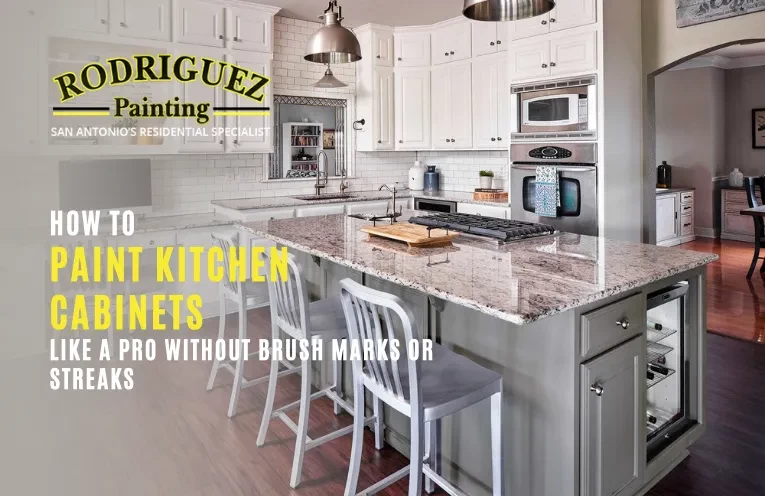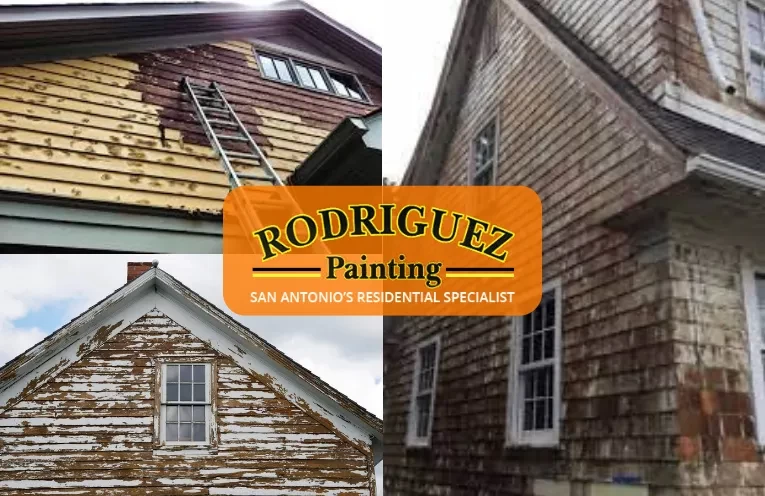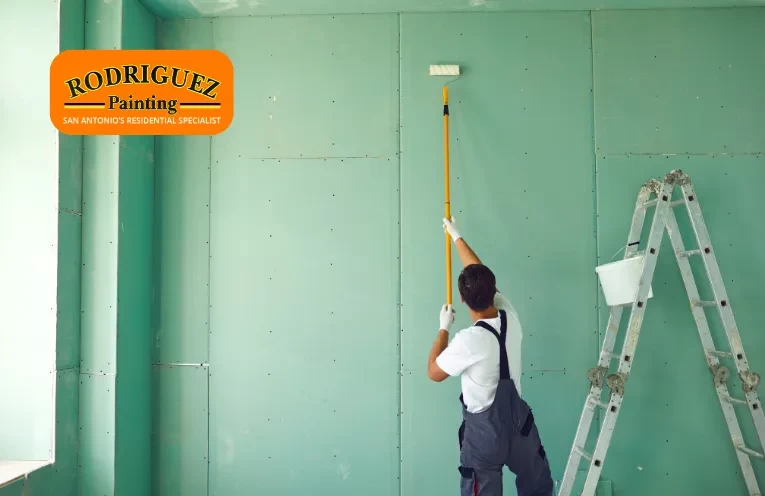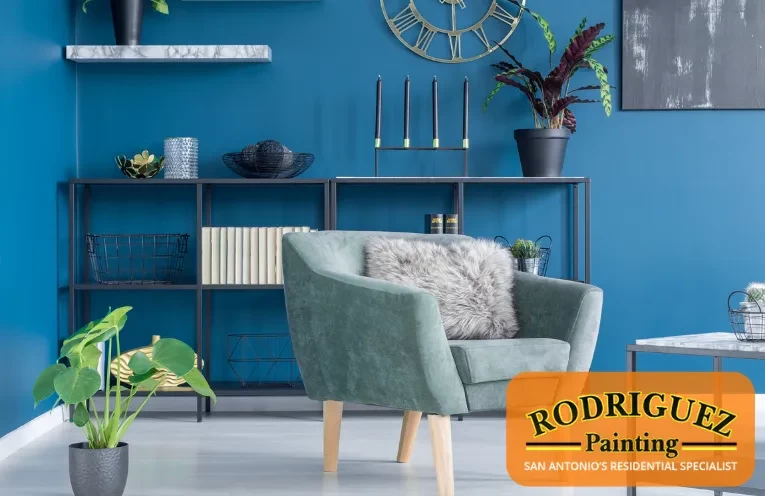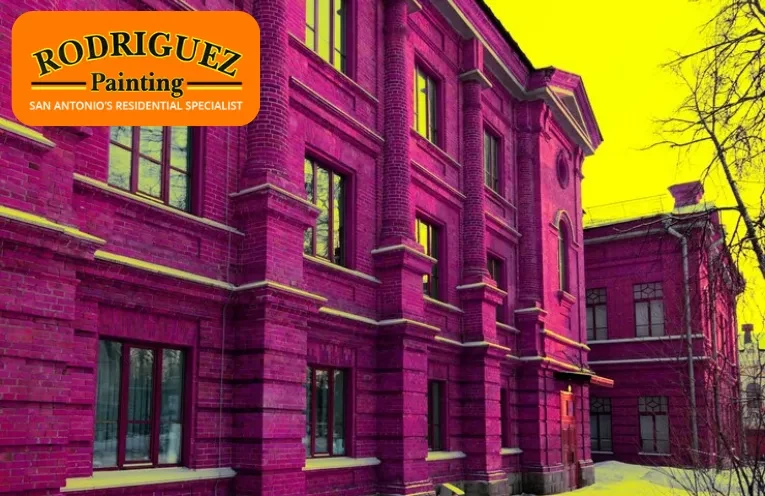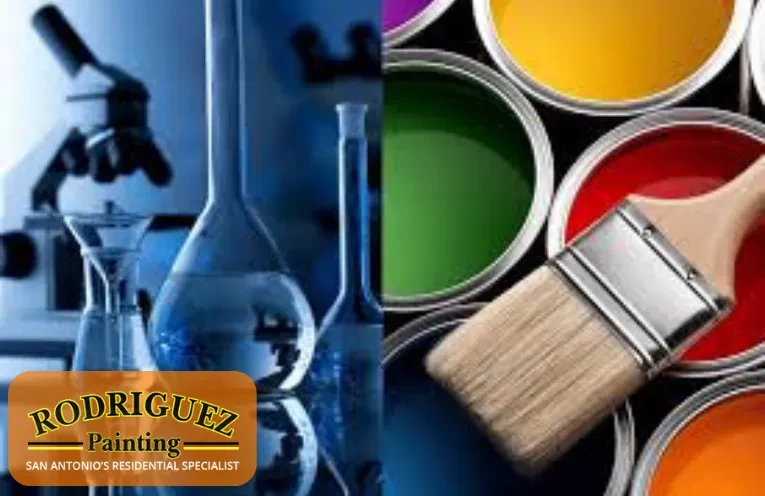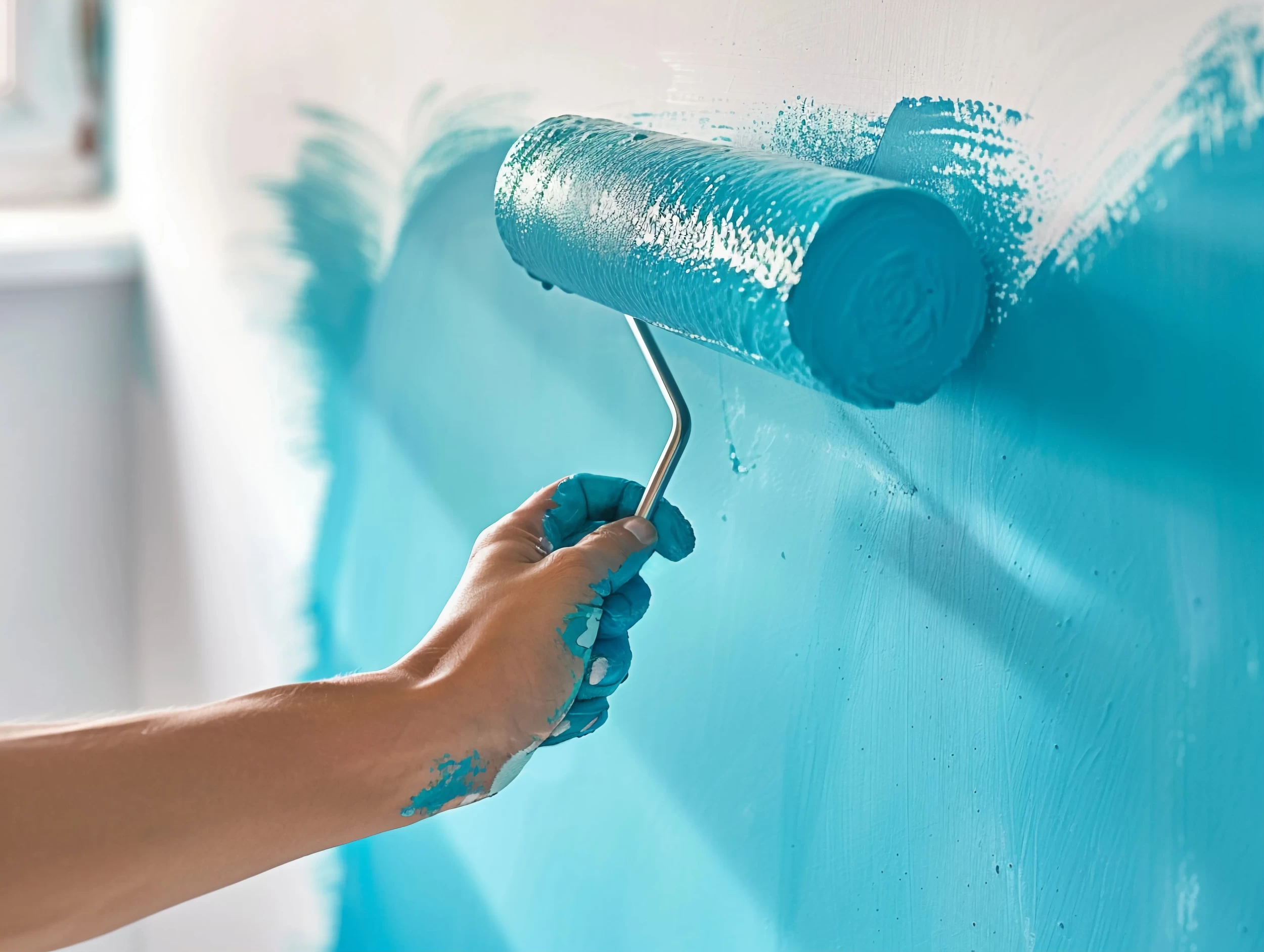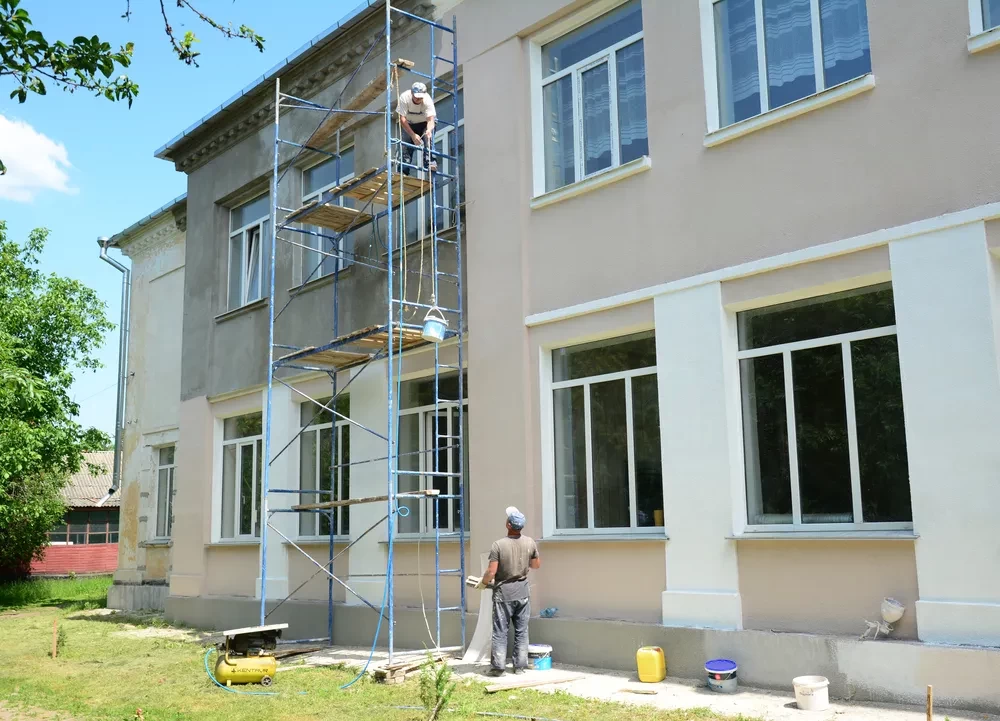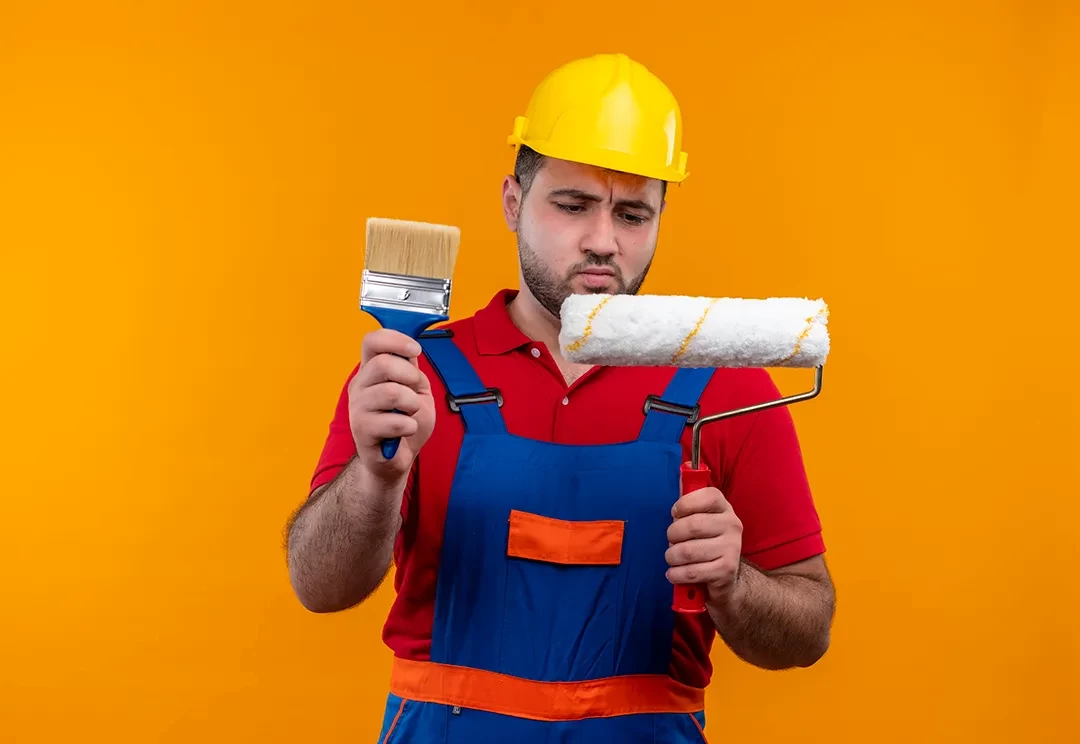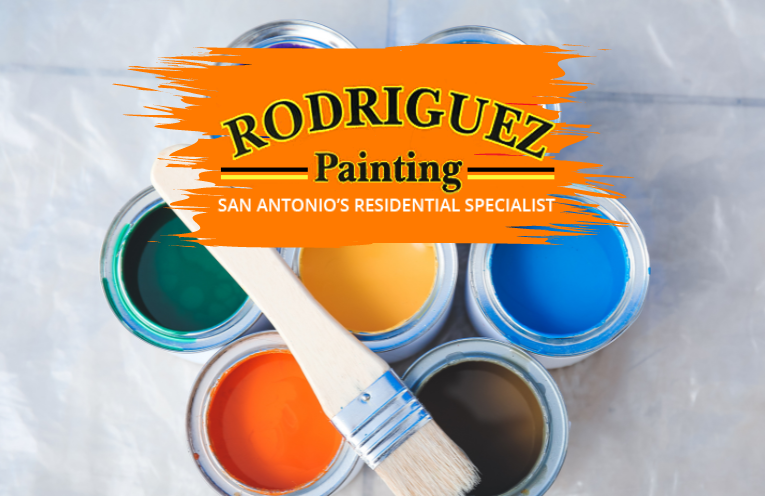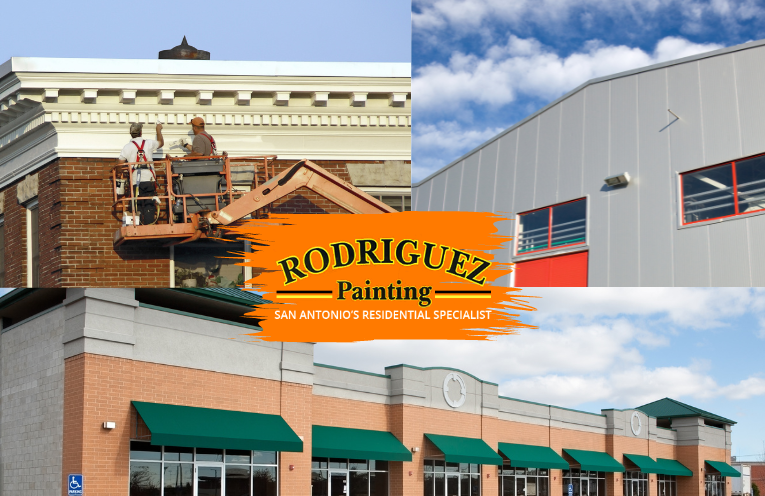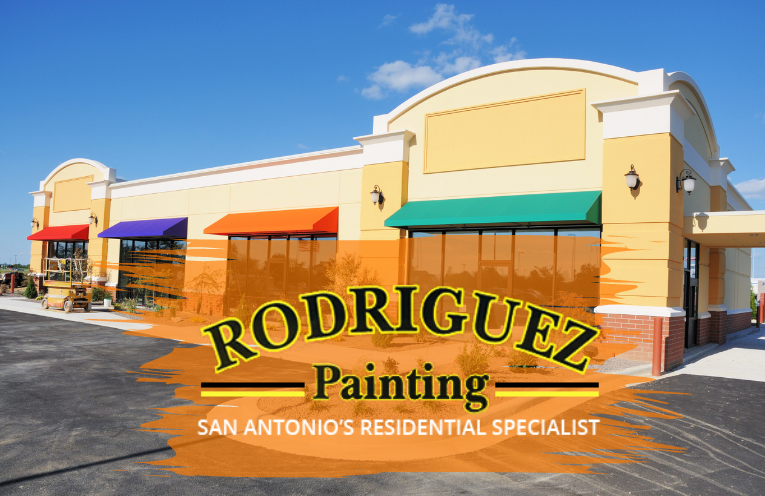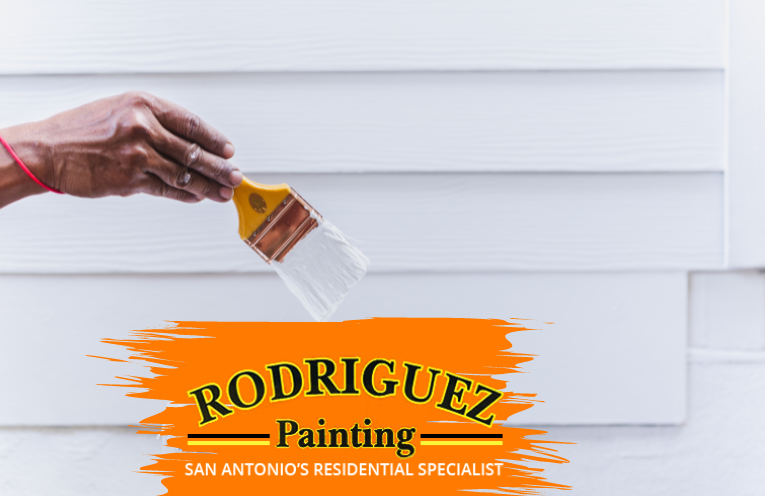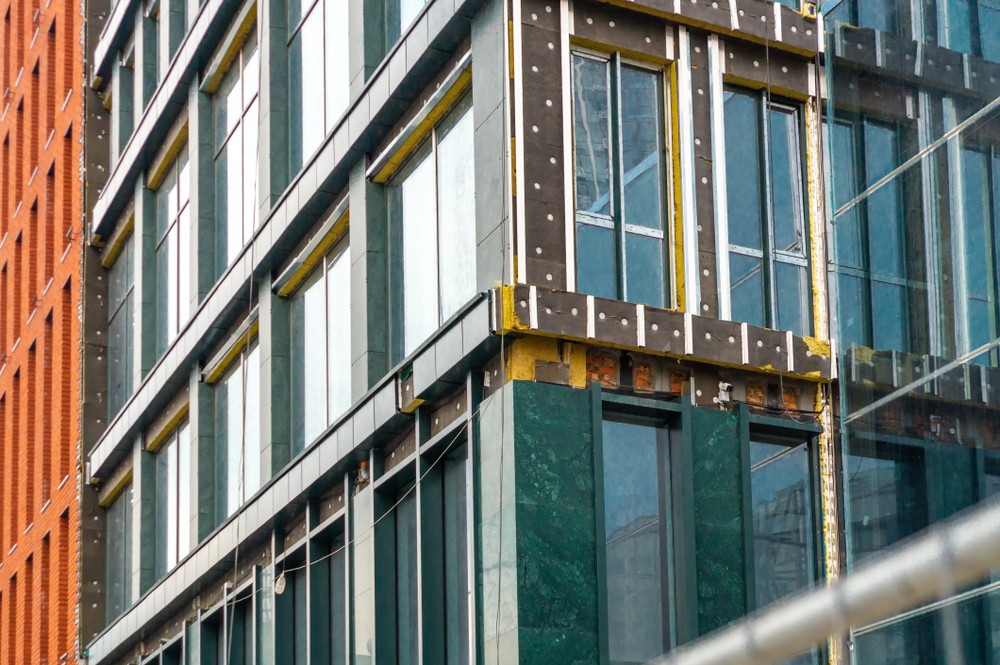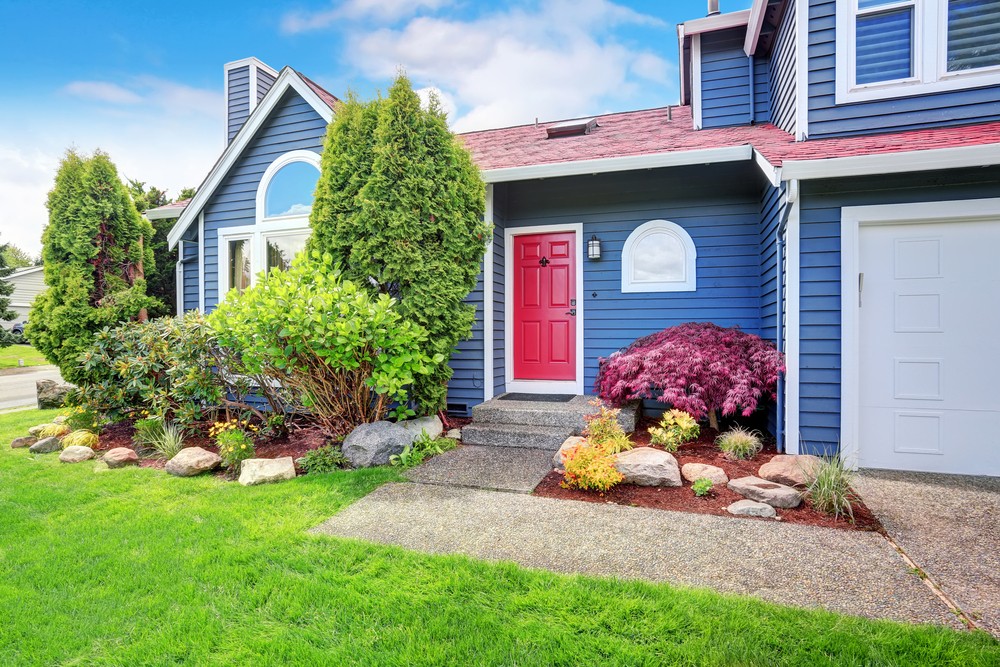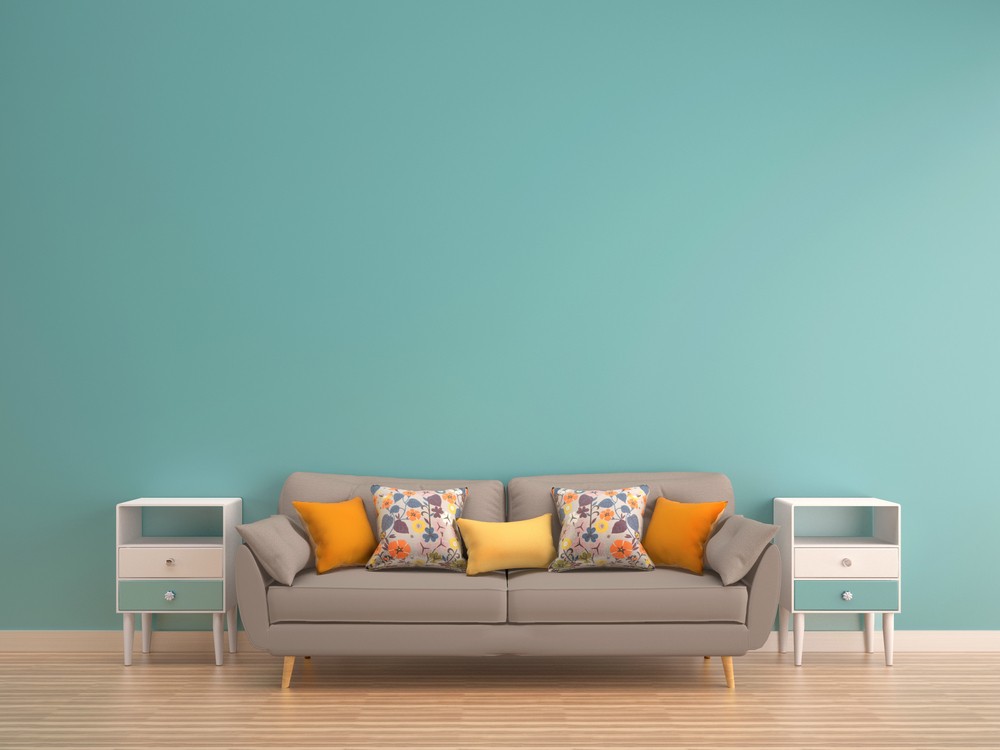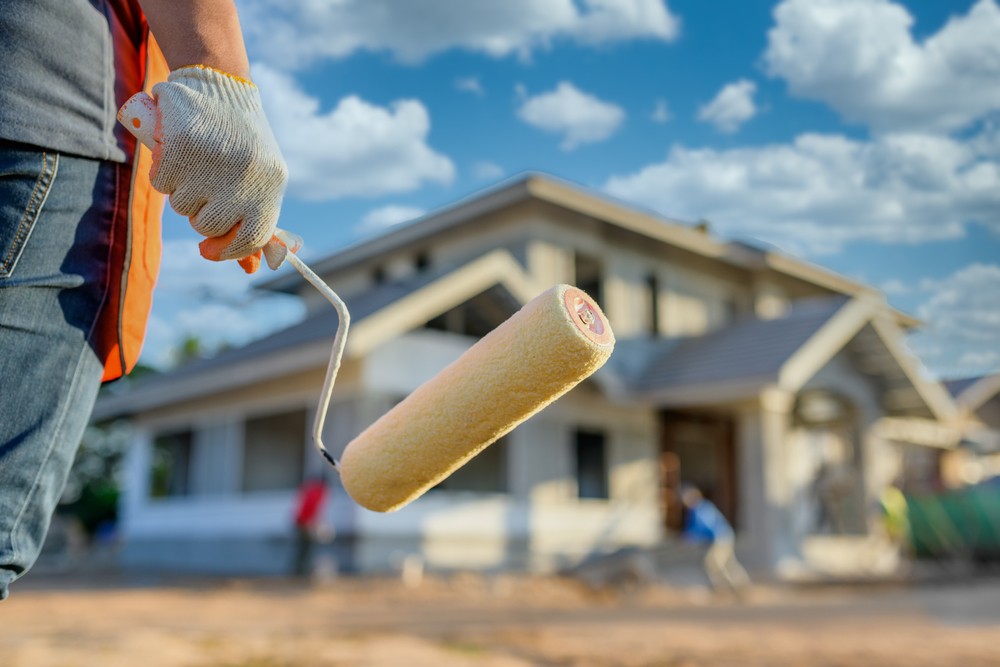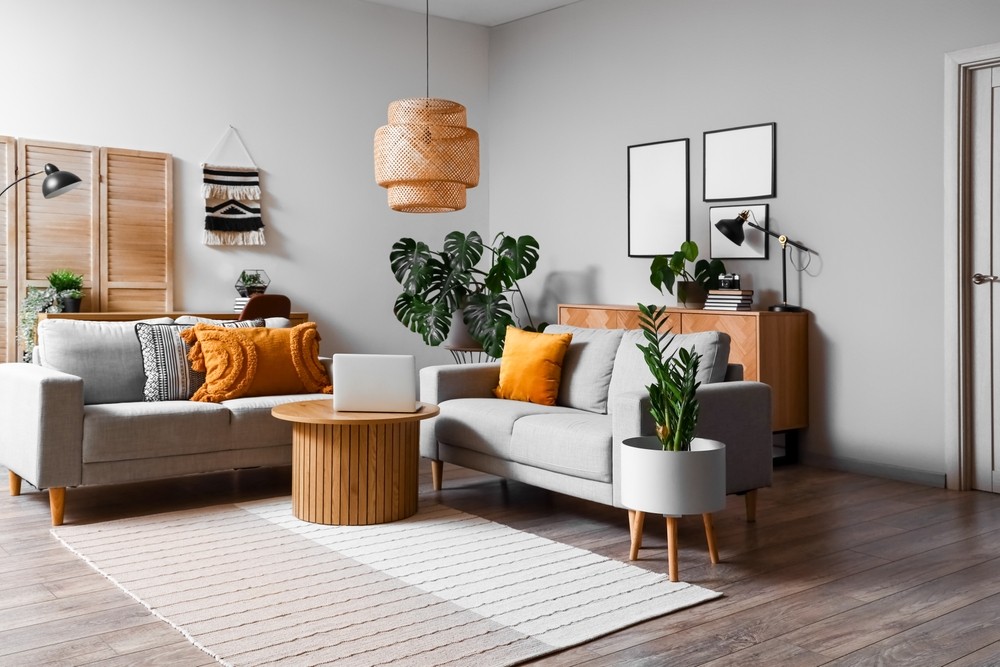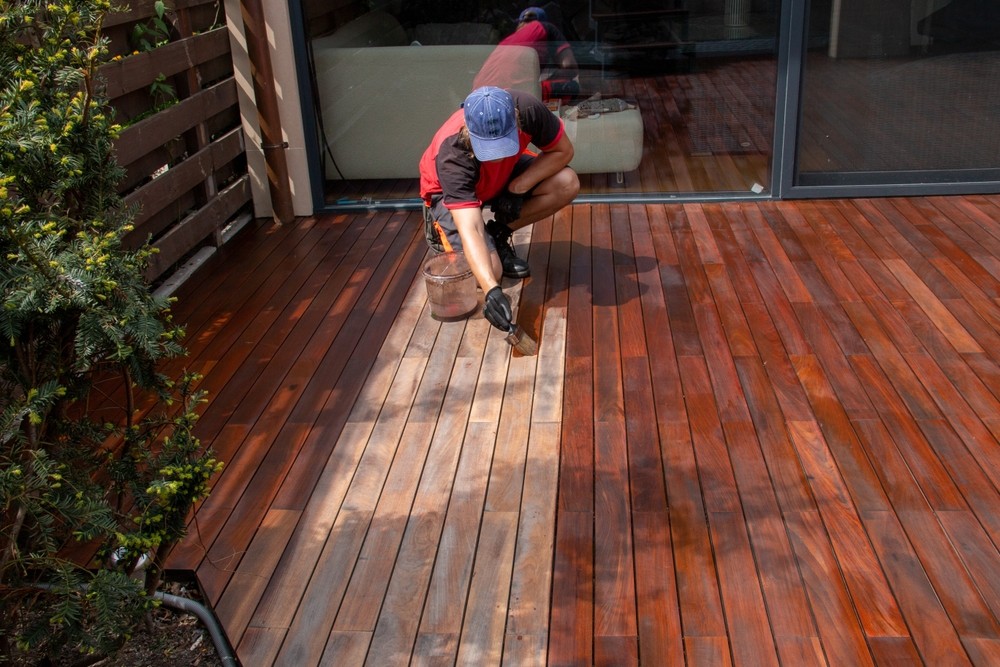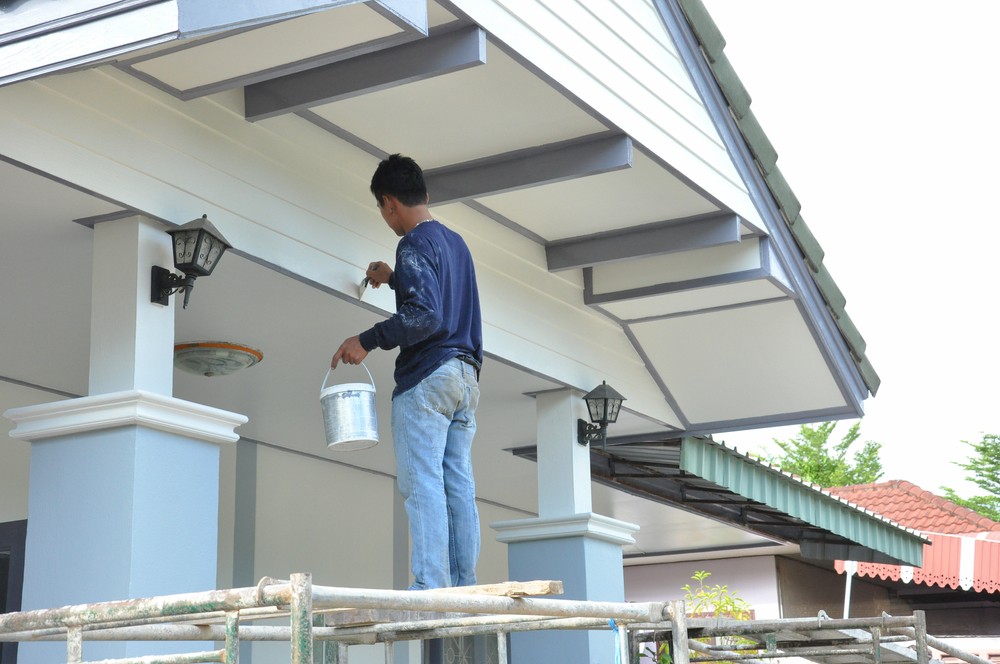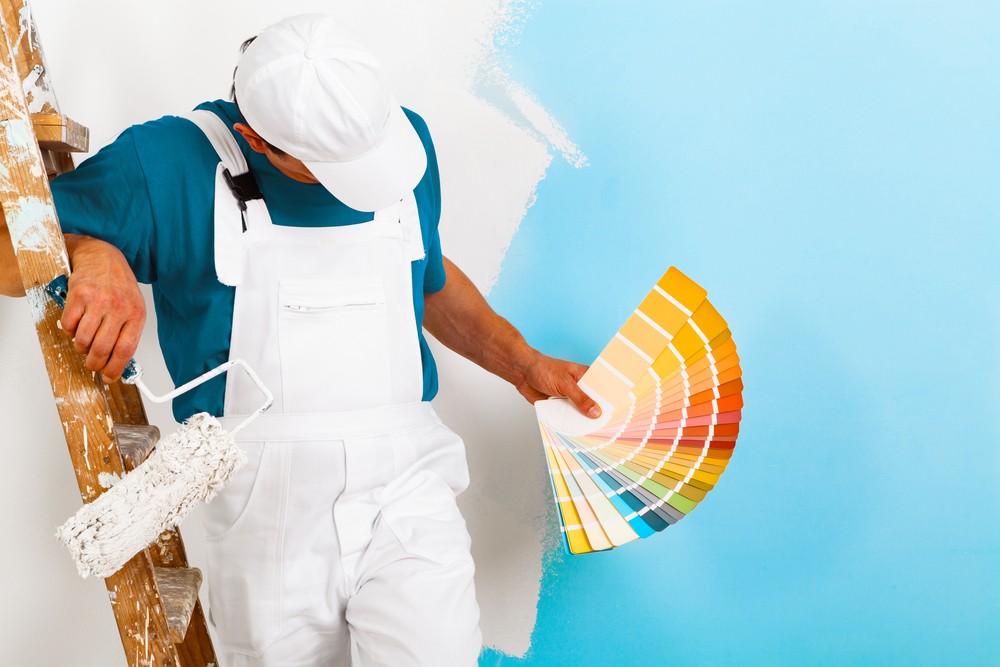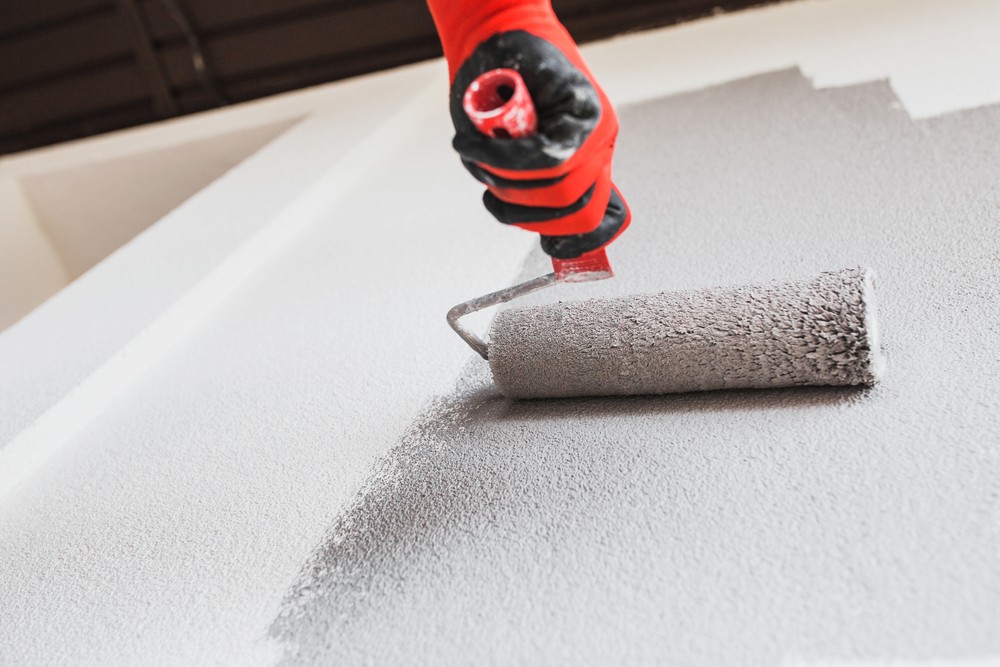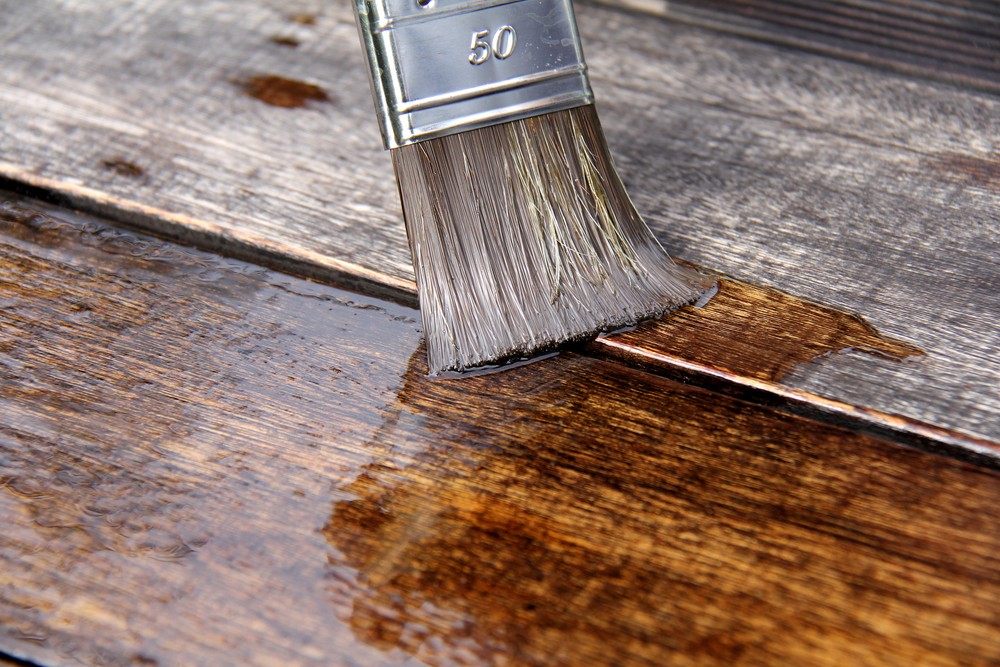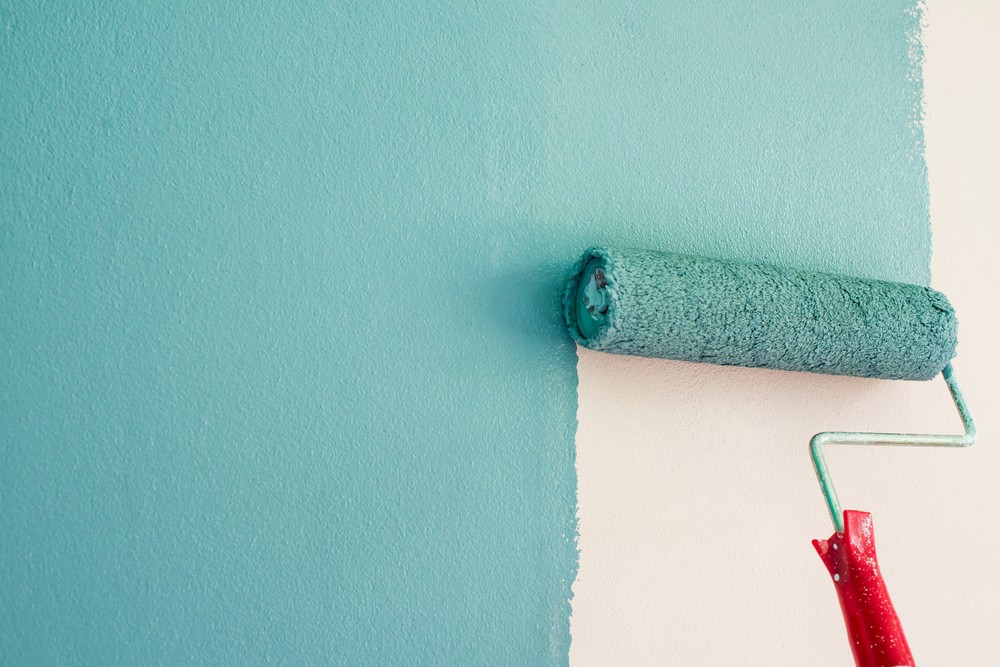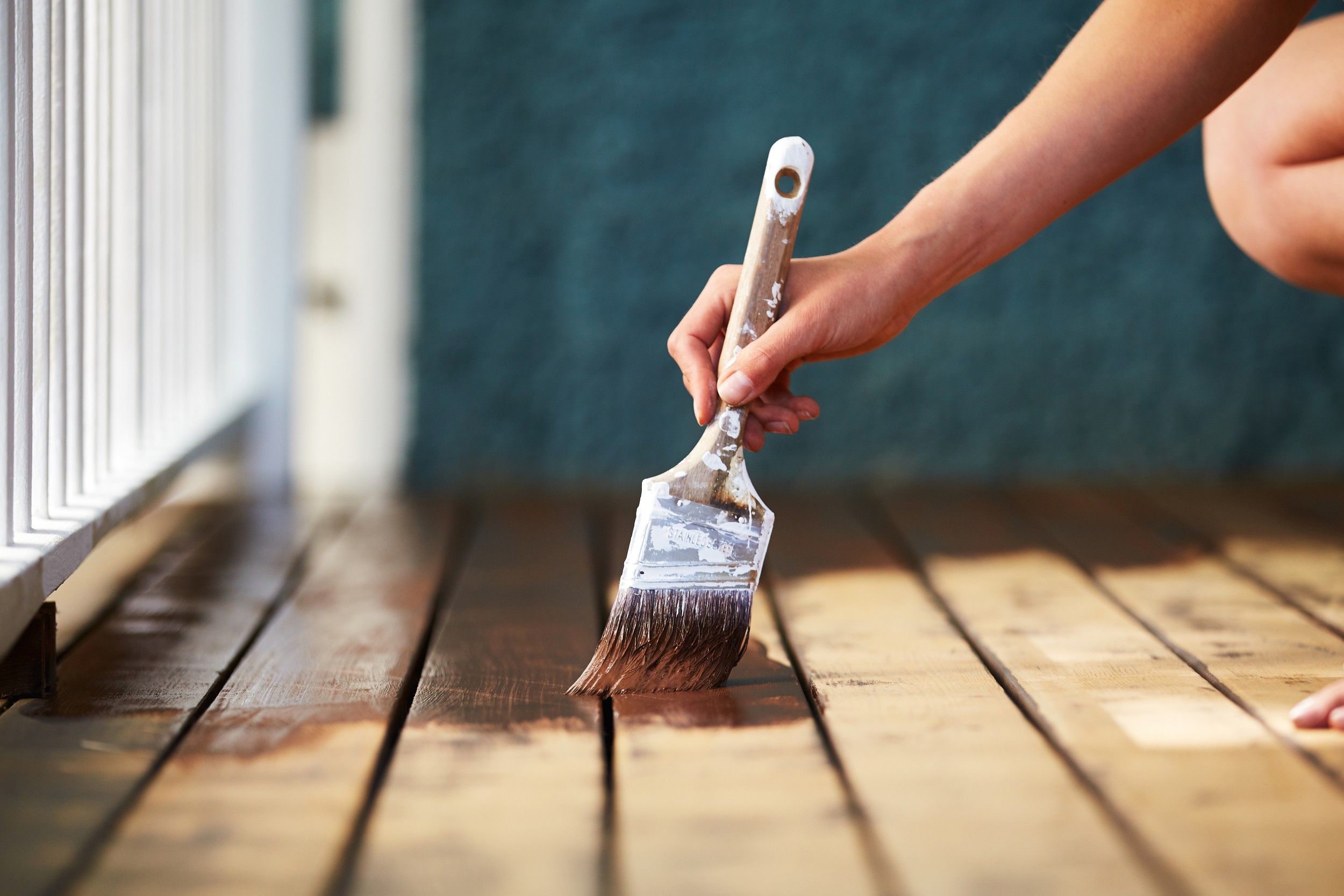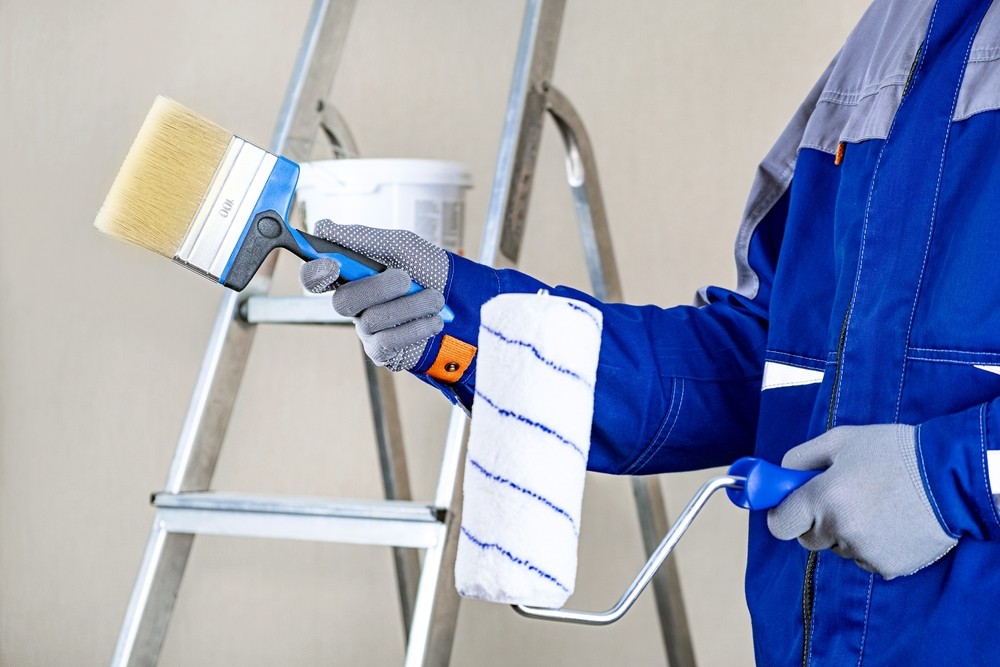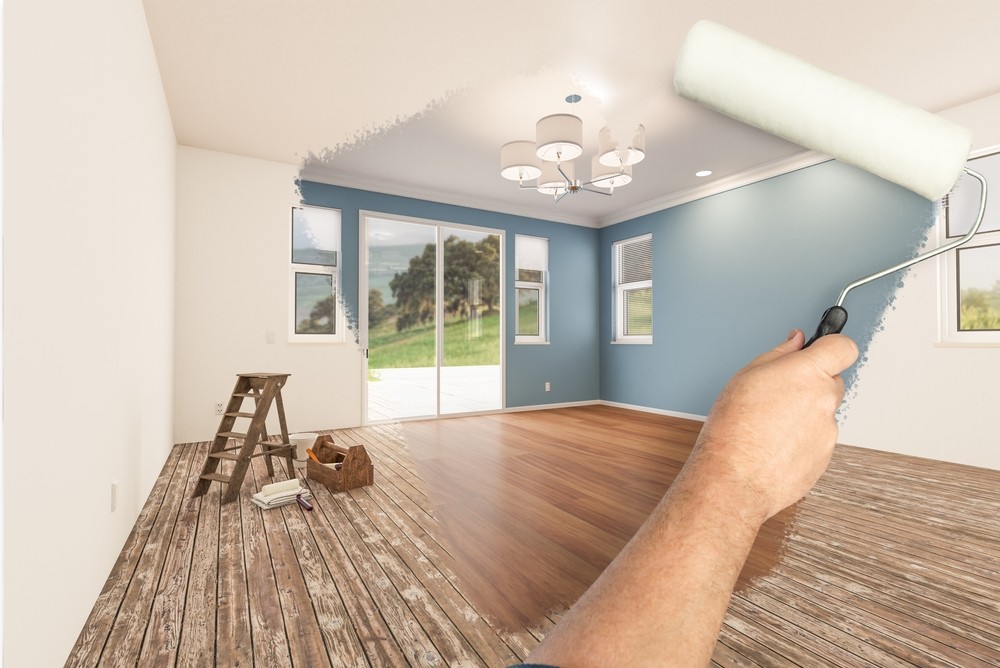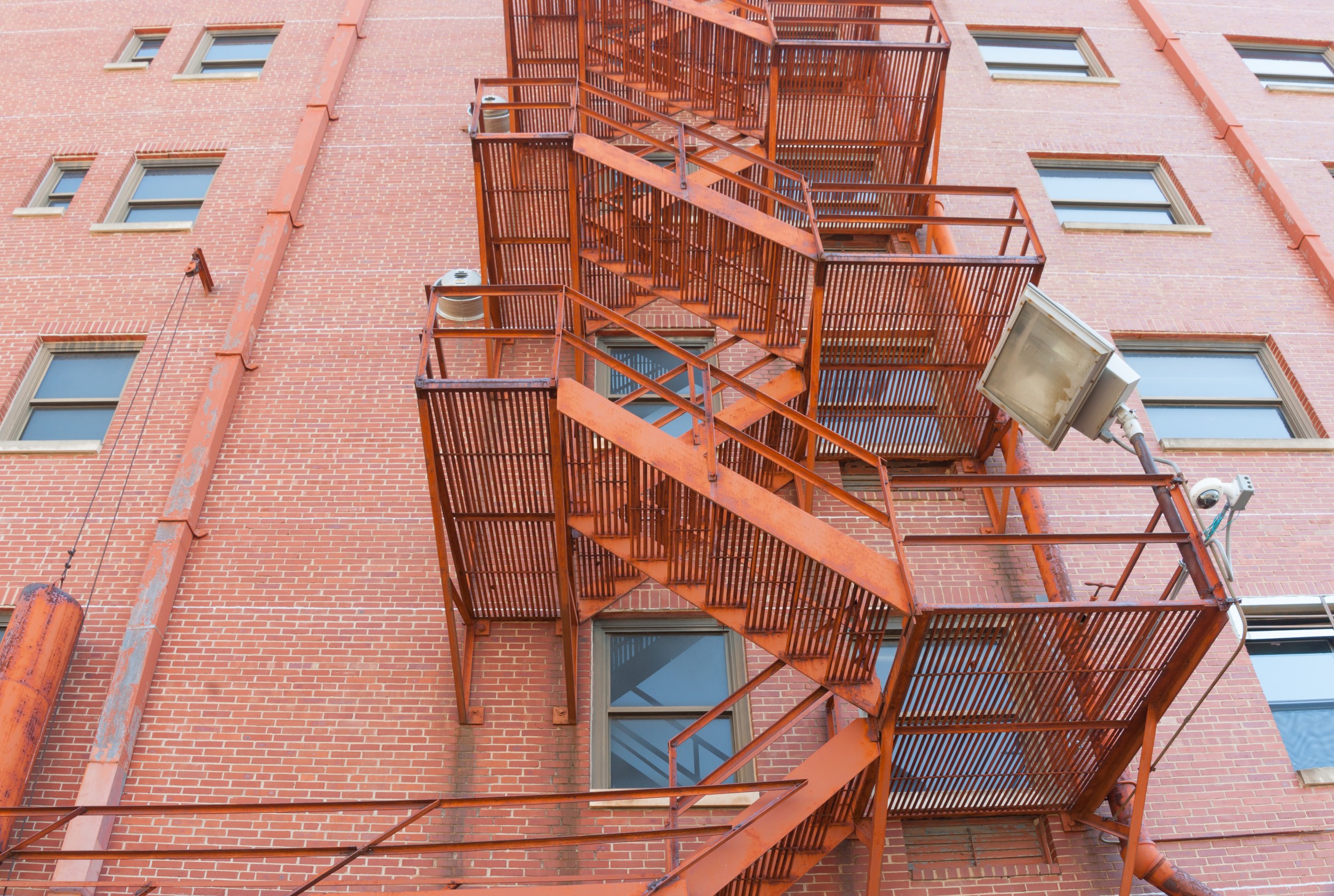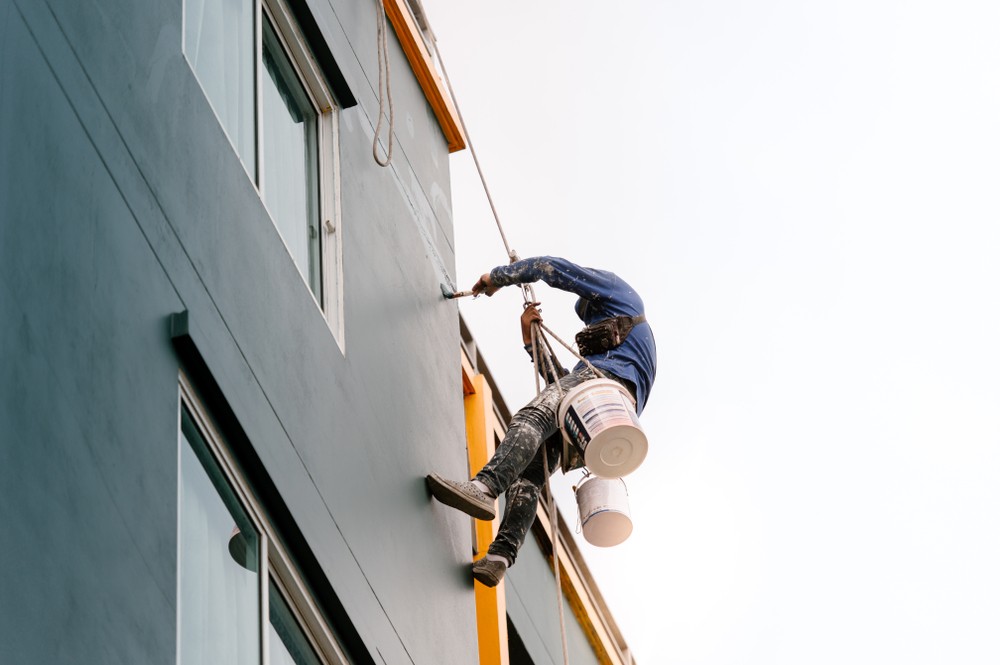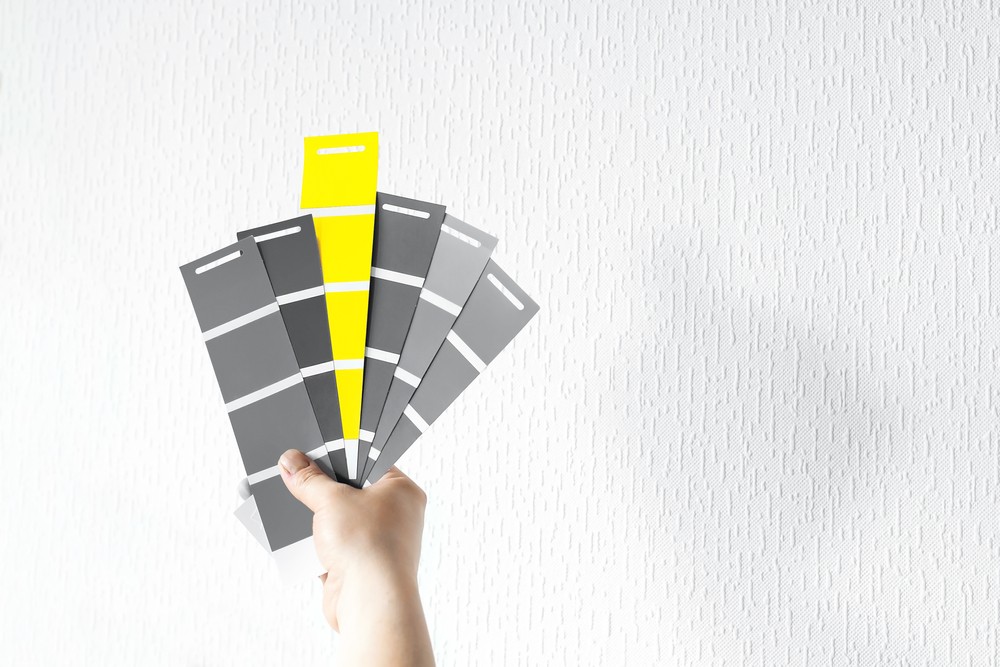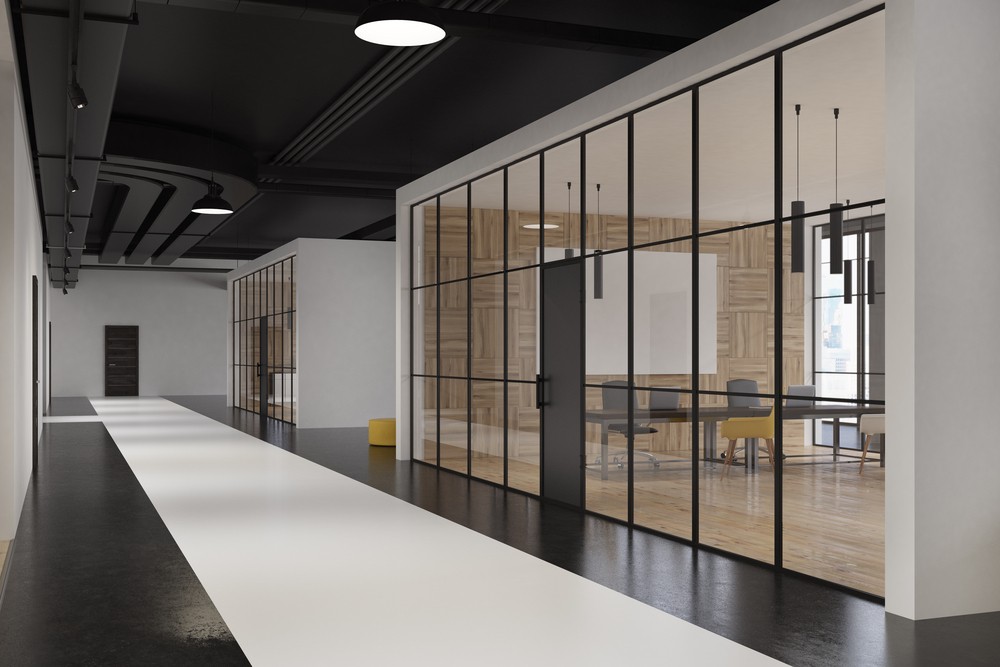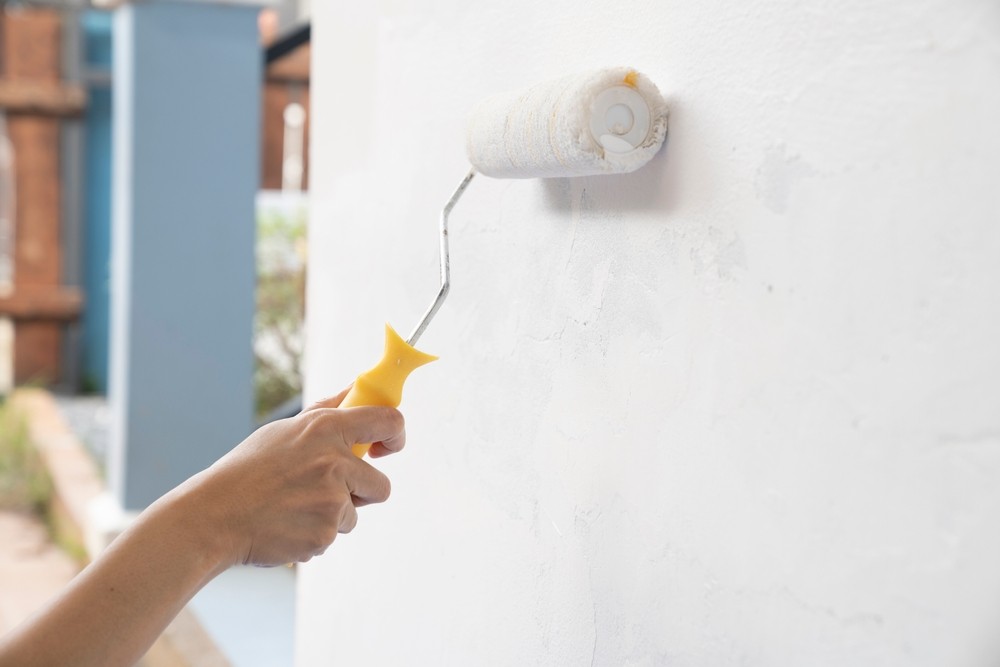
The ultimate success of your painting project may depend on picking the ideal interior and exterior paints for your home's walls.
The first step to giving a perfect look to your home is learning the basic differences between the paints. Paints used for different purposes contain different properties and are individually formulated according to their major protective abilities.
Here, you’ll know the clear difference between interior and exterior paint.
The Difference Between Interior And Exterior Paint
When choosing paints for a home's interior and exterior walls, homeowners must learn about their differences.
Pigments
A pigment gives your paint color, and interior paint uses organic pigments to prevent additional chemicals into the mix. They contain no harsh odors and are perfectly safe to breathe.
However, exterior paint requires durability more than it requires to keep out the harsh chemicals. So, you will find non-organic pigments in exterior paint that will help exacerbate its intense odors and fumes. But they won’t fade as quickly.
Type of Binding Resins
A binding resin will ensure how perfectly the paint will adhere to the surface. The exterior paint uses acrylic as its binding resin, which contains a strong bond and will provide the most durability. However, acrylic may have a harsh odor, so interior paints stick to silicone and epoxy instead.
Weather-Resistance
Interior paint is not anticipated to handle changing or harsh weather conditions. Due to that, interior paints are low temperature-resistant, low water-resistant, and can fade quickly in sunlight.
However, exterior paint is made to resist all these conditions, so they have superior weather resistance.
Different Additives
The interior paint doesn’t need to cope with as many potentially harmful situations, so they don’t contain many additives. However, exterior paints require handling every sort of different temperature, weather, debris, and more.
Additional additives will help the paint prevent fading, tolerate changing temperatures, and prevent cracking. Some mildewcides can also be added to an exterior paint to help resist mold, algae, and mildew from growing.
Dry Time
An oil-based paint tends to dry much slower than a water-based paint. However, outdoor paints in the open air can dry much faster than indoor paints without constant airflow. Eventually, heat can also make paints dry faster. When you gather these factors, exterior paints typically dry quicker, specifically if that's water-based.
Durability
Exterior paints are built to deal with years of torment from the changing weather. These are also made strong enough to not chip off from any contact, such as twigs being thrown against the home by the wind or some bugs flying into your wall.
Exterior paints are much more durable than the interior paints. However, interior paints are also durable and can withstand occasional cleaning and scrubbing.
Cost
The price difference between interior and exterior paint isn’t much, but it’s there. An exterior paint contains more chemicals and additives and holds up much better, so it's typically a more expensive option.
In contrast, interior paints are more affordable, though they don't provide the same protection and durability.

